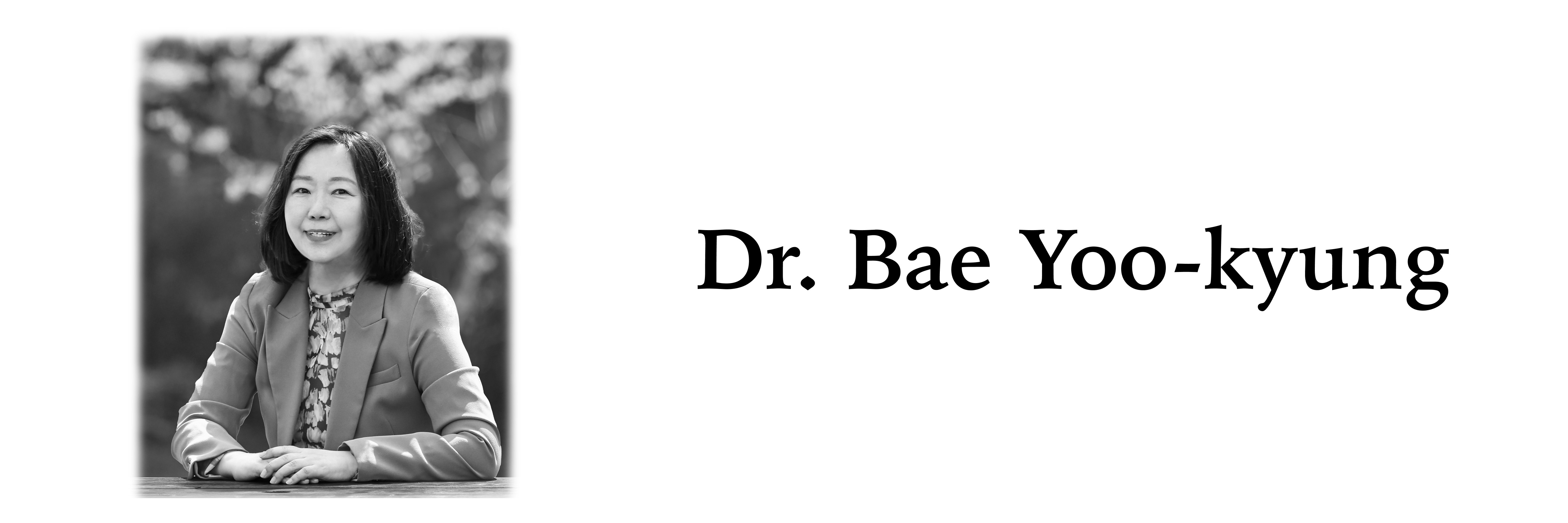
[Opinion] The Diversity Agenda at Korean Universities: Gender Equality is Still a Top Priority
Since 2018, the Diversity Council has run an annual program titled Understanding Diversity Among SNU Members aimed at SNU staff. Several years ago, when the floor was opened for questions after a ninety-minute diversity training session, a male staff member asked something quite shocking. He questioned whether the initiative was merely promoting a guise of gender equality under the name of diversity. I was momentarily taken aback but responded that we have never disguised it as anything else—in fact, among many diversity agendas, gender equality is a top priority.
Why did he ask such a question? Did it stem from a lack of understanding of university diversity policies, discomfort with the topic of gender equality, suspicion that women may be given preferential treatment under the banner of gender equality in what should be a meritocracy, or perhaps the belief that our society (or organization) is already equal for all genders?
Since 2017, the Diversity Council has published an annual Diversity Report that lists a plethora of indices, which include gender, nationality, employment position, contract type (e.g., tenure-track vs. non-tenure, permanent vs. fixed-term, etc.), alma mater (e.g., domestic vs. overseas), and disability status. Most notably, all tables include gender statistics.
In 2022, UNESCO published a report titled Gender Equality: How Global Universities Are Performing Part I, Part II. Only universities that submitted gender equality indicators (related to SDG 5 among the UN’s Sustainable Development Goals) were included in the analysis. Because few Korean universities provided such data, Korea was excluded from national rankings. Nevertheless, when examining global rankings that encompass all regions, it is possible to assess the relative level of gender equality at Korean universities. And unfortunately, compared with top-ranking institutions, Korean universities still rank notably low in the category of gender equality.
Let’s examine Seoul National University’s statistics related to indicators of gender equality in higher education. The most notably important indicators are considered to be the proportion of women among full-time faculty and their representation in governance. As of October 1, 2023, women accounted for 20.6% of full-time faculty. The university’s regulations have now incorporated a plan to raise this figure to 25% by 2030, leading to gradual annual increases. The proportion of women in major leadership positions slightly exceeds that of full-time faculty at 21.8%, while the proportion of women on key committees stands at 24.6%. These figures are relatively low compared to universities abroad. Meanwhile, the proportion of women among students is 35.5% at the undergraduate level, 50.7% in master’s programs, and 45.4% in doctoral programs.
A noticeable change in recent years is the decrease in the proportion of female students at an undergraduate level. Compared to other universities, Seoul National University has a relatively low proportion of female students. According to the earlier UNESCO report, around three-quarters of universities worldwide have female students making up more than half of their enrollment. Although the education section is often regarded as the most advanced in terms of gender equality among the nation’s political, economic, and social spheres, it still falls short of the global average. This underscores that gender equality remains an urgent issue on the diversity agenda, not just for Seoul National University, but across Korean universities nationwide. Meanwhile, gender equality has not yet been established as a central policy goal in Korean higher education. This is why the Diversity Council must persist in keeping its voice alive through its reports.
The author is the Senior Expert Coordinator of Seoul National University’s Diversity Council. --Ed.
[Translated from Korean into English by The SNU Quill's editorial staff]

